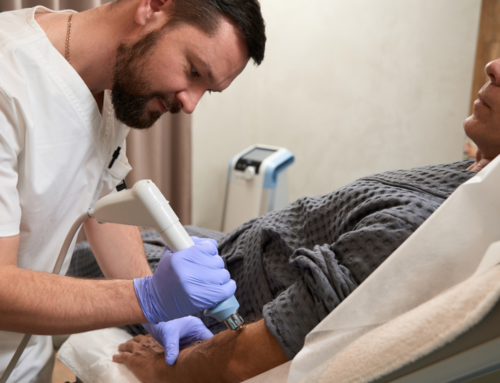Not wearing a helmet when cycling outdoors.
The biggest, most obvious cycling no-no is to skip out on wearing a helmet. Even wearing one that isn’t a proper fit can be harmful—a comfortably snug helmet is an absolute must, as a loose fit won’t protect you in the event of an accident.
Even if local laws don’t require you to wear a helmet, do it anyway. Nix the annoying excuses you make: No distance is too short, temperature too hot, or hairstyle too perfect to justify not protecting your brain. Promise me you won’t ever get on a bike without a helmet again, OK?
Neglecting your gear.
If you are a serious cyclists that is logging serious miles then you should be buying a new bike every 2-3 years. Or, instead of getting an entirely new whip, you can invest in a great carbon frame and swap out components when needed. Also a new chain is as valuable as a new bike so be sure to get a new one every 2,000 miles.
It is also suggested that you keep up with regular maintenance appointments and schedule them with your local bike shop to prevent long-term issues. If you are someone who rides more than once a week, then this could be once every three months. If you are a less frequent cyclists then you should aim for twice a year. But always check your tire pressure and inspect tires visually to look for any small tears or leakage.
Riding a bike that’s the wrong size.
Unless you’re riding a BMX bike that’s intentionally small, you should speak with an expert to get properly fit for a bike before making a purchase. Having a bike that is properly fit plays a huge role in injury prevention and overall comfort on the bike.
It is common for many riders end up on the wrong equipment if they’re not working with experienced shop staff or a fitter to determine the bike size. This is due to a lot of companies measuring their bikes to slightly different points. Even if you are buying bikes within the same manufacturer, you may ride a 56cm frame in one model and then a 54cm in another, simply because of the design of the bike.
Skipping meals before or after a ride.
You’ve got to fuel before riding, but there’s no one-size-fits-all meal plan for cyclists. Now keep in mind that eating before exercise depends entirely on the person, especially if you are someone who bikes at dawn or takes morning classes. If you’re going to eat something, make sure it’s at least 30-45 minutes before class. It is common for people to eat something small like an RX bar or other protein bar. These are things that you can keep on you or in a workout bag.
However after a ride, it’s essential to refuel as cycling burns lots of calories. You will need to refuel your body after cycling. You should consider having something like a nutritious smoothie to replenish your body until you are able to have a meal with lean protein and lots of greens.
And don’t forget you need to drink plenty of water before, during, and after a ride. Even though the actual amount during a workout varies from person to person, you should try and aim for around 36 ounces of water in the hours before and after exercise.
Contact Us:
To find out the best nutrition plan for you, contact us at Peak Wellness office to schedule a consultation with someone from our team. Our team is here to meet your sports medicine needs as well as any other wellness services!








